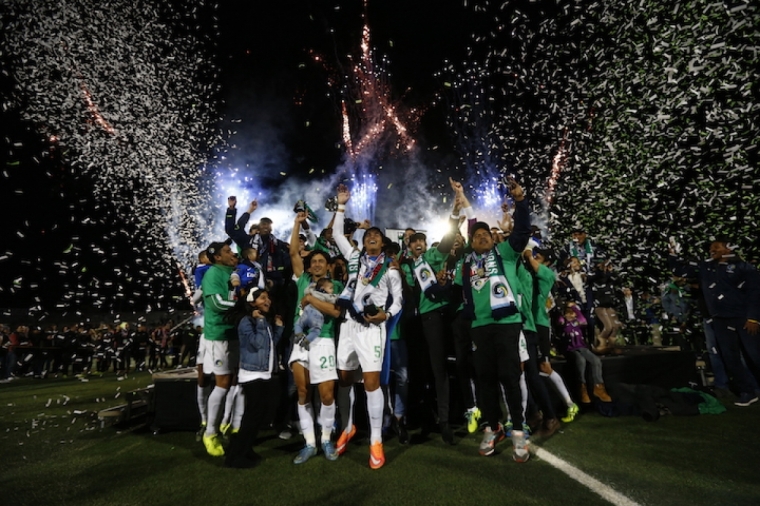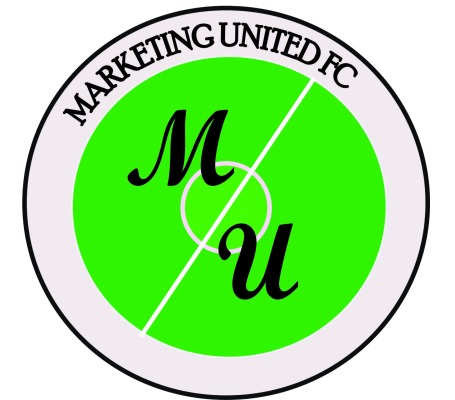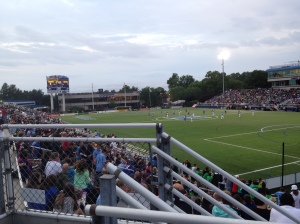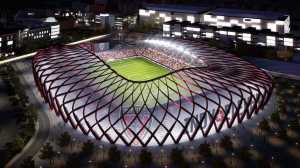 This Sunday, in a college football stadium, repurposed as a lacrosse stadium, temporarily outfitted as a soccer stadium, the modern iteration of the New York Cosmos raised their second Soccer Bowl trophy in three years. 10,166 fans turned out to the game in Hempstead, NY, a North American Soccer League record for the championship match in its still young existence. With Spanish legends Raul and Marcos Senna retiring this year, it was a fitting end to the Cosmos’ season. However, with the loss of both these players, the Cosmos, and the NASL lose a considerable novelty factor. Can minor league soccer flourish in America?
This Sunday, in a college football stadium, repurposed as a lacrosse stadium, temporarily outfitted as a soccer stadium, the modern iteration of the New York Cosmos raised their second Soccer Bowl trophy in three years. 10,166 fans turned out to the game in Hempstead, NY, a North American Soccer League record for the championship match in its still young existence. With Spanish legends Raul and Marcos Senna retiring this year, it was a fitting end to the Cosmos’ season. However, with the loss of both these players, the Cosmos, and the NASL lose a considerable novelty factor. Can minor league soccer flourish in America?
A player who perhaps stole the show was the Argentine forward Gaston Cellerino who moved to the Cosmos after a respectable career in South America. On the night, he scored a hat trick, proving to be the difference between the two sides. The Cosmos have many other players that put in admirable performances not just this game, but all season long like goalkeeper Jimmy Maurer, and leading scorer Leo Fernandes.
While Maurer played in the Chilean Primera division prior to coming to the NASL, Fernandes provides a feel-good story of a local boy turned team hero. Born in Brazil but raised in Suffolk County, the NASL website reports that Leo played college soccer at Stony Brook, leading the team in goals and assists before being promoted to the premier league of American soccer, MLS. In January of 2015 he was signed on loan by the Cosmos, and made a huge difference for his local club, ending the regular season as its leading scorer, even higher than the legendary Raul. These are the kinds of stories that NASL needs, but in reality we live in a saturated sports landscape filled with football, college football, baseball, basketball, hockey, European soccer, and American soccer. To expect minor league soccer to succeed is almost an unfair expectation given the circumstances.
In England, the reality of promotion and relegation definitely tempers expectations for lower division sides that stand to make far less money than their Premier League counterparts who also profit from Champions League participation, Europa League participation, and massive television contracts. In the closed system of American soccer, this challenge becomes even greater as the teams in the lower divisions have no outside chance of promotion to the majors, especially when the MLS officially decides to end its expansion efforts.
The NASL has many success stories to be proud of. One only needs to look at the other team playing on Sunday to see an example. In their second season, the Ottawa Fury averaged around 5,400 fans at TD Place Stadium, over half of its capacity, without the novelty factor of Raul or Marcos Senna. Another franchise, the Indy Eleven continued to draw large crowds despite failing to make the playoffs, and averaged almost 10,000 fans at their own setup in a university stadium. Also in attendance at the championship match was Knicks superstar Carmelo Anthony, part of the ownership group that announced earlier this year that a franchise was returning to Puerto Rico.
Even though expectations are not as high as one might expect in MLS, the NASL still aims to be competitive. The Cosmos have already set to work finding a replacement star for Raul, and are still attempting to rescue an ambitious stadium plan a few miles down the road from their current situation at Hofstra University where they only averaged less than 5,000 fans per game this season. Unfortunately, the Empire State Development Corporation has shown no sign of interest in the project despite any political and union support that the team generates. While the championship win definitely strengthens their argument for elite status in the league, a 25,000 seat stadium plan may need to be diminished in order for any movement to take place.
Time will tell if this version of the NASL can succeed in its own right. If novelty factors like star Europeans choose to go to MLS instead, the NASL might need more reliance on local loyalties and the off-the-wall promotion strategies you can expect to find in other minor league sports to survive.
REFERENCES
http://www.nasl.com/roster/leo-fernandes


